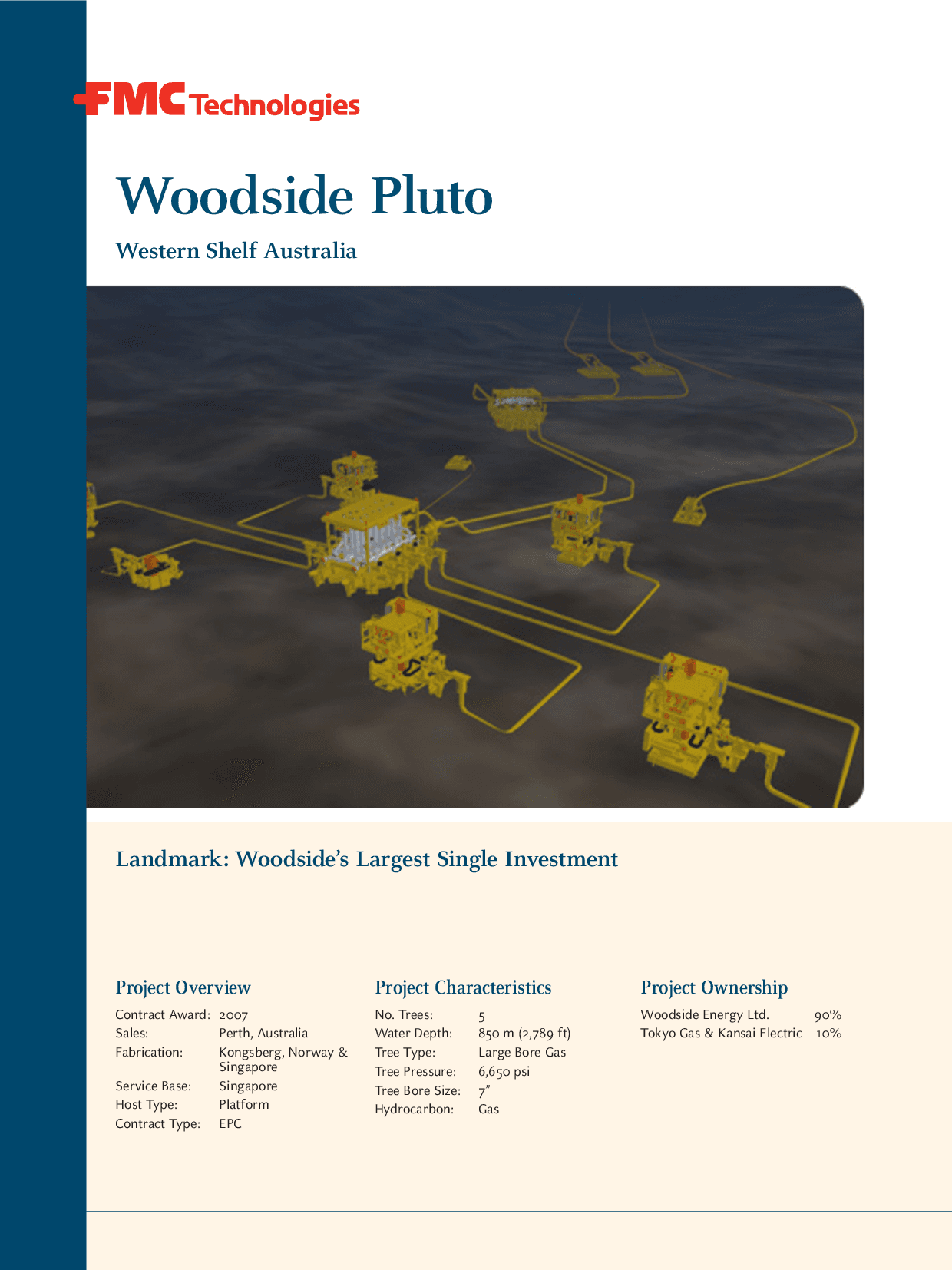EIB Commits More Than €2 Billion to African Renewable Energy Push
The European Investment Bank pledges over €2 billion in financing for solar, wind, hydro and grid upgrades across Africa, backed by European Commission guarantees. The commitment, announced on Nov. 24 ahead of the EU African Union summit in Luanda, matters because it aims to accelerate clean power deployment, expand transmission capacity and attract private investors to a region with persistent electricity shortfalls.

The European Investment Bank on Nov. 24 pledges more than €2 billion in financing over the next two years for renewable energy projects across Africa, officials said, with the package supported by guarantees from the European Commission. Details on specific projects are set to be unveiled at the EU African Union summit in Luanda, Angola, where the bank and EU institutions are seeking to deepen cooperation on climate and development priorities.
The financing is earmarked for solar, wind and hydroelectric plants as well as upgrades to transmission networks. The EIB frames the package as both a direct funding allocation and a catalytic tool intended to reduce upfront costs and perceived risks for private investors. By pairing loans with EU guarantees the bank aims to improve project bankability and to mobilize additional capital from commercial banks and international investors.
Africa continues to contend with significant power deficits and reliability problems that constrain industry, services and household welfare. Expanding generation through renewables is widely seen as the most cost effective path to close those gaps because of rapidly falling solar costs and improving grid scale storage and management technologies. However, economists and market participants emphasize that generation alone will not suffice, pointing to the urgent need for transmission and distribution investments to move power from often remote renewable sites to population centers and industrial hubs.
Market implications of the EIB announcement are likely to be immediate in several areas. European and global developers may accelerate project pipelines that had been stalled by financing shortfalls or off taker credit concerns. Guarantees from a major public institution can lower the cost of capital and extend tenors, thereby improving project economics. That effect can be particularly important in countries where the sovereign or utility credit ratings raise financing costs for independent power producers.
Despite the promise, structural constraints remain. Project sponsors face regulatory uncertainty, currency volatility, and the creditworthiness of national utilities that often serve as off takers. Scaling up will also require stronger local project preparation capacity and clearer frameworks for private participation. The EIB funding over two years is sizeable for a single multilateral lender, yet it addresses only a portion of the continent wide financing challenge which observers say will require sustained investment flows over decades.
Politically, the move aligns with broader EU objectives to support the green transition in partner regions and to strengthen economic ties with African states. Delivering visible projects at the Luanda summit could bolster cooperation and signal a shift toward more coordinated climate finance. For markets, the most important measure will be whether the EIB package successfully leverages private capital at scale so that EU public money can be translated into larger volumes of durable infrastructure investment.
The announcement underscores an emerging trend in development finance toward blended instruments that use public guarantees to unlock private funds. How quickly those instruments translate into operational plants and upgraded grids will determine the broader economic payoff for African growth, jobs and energy security.


